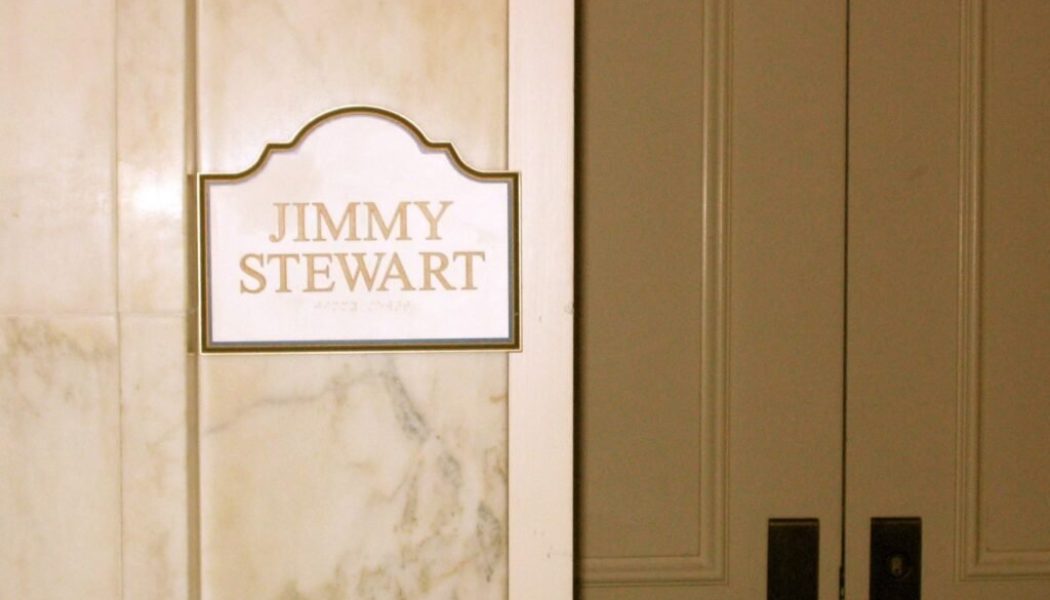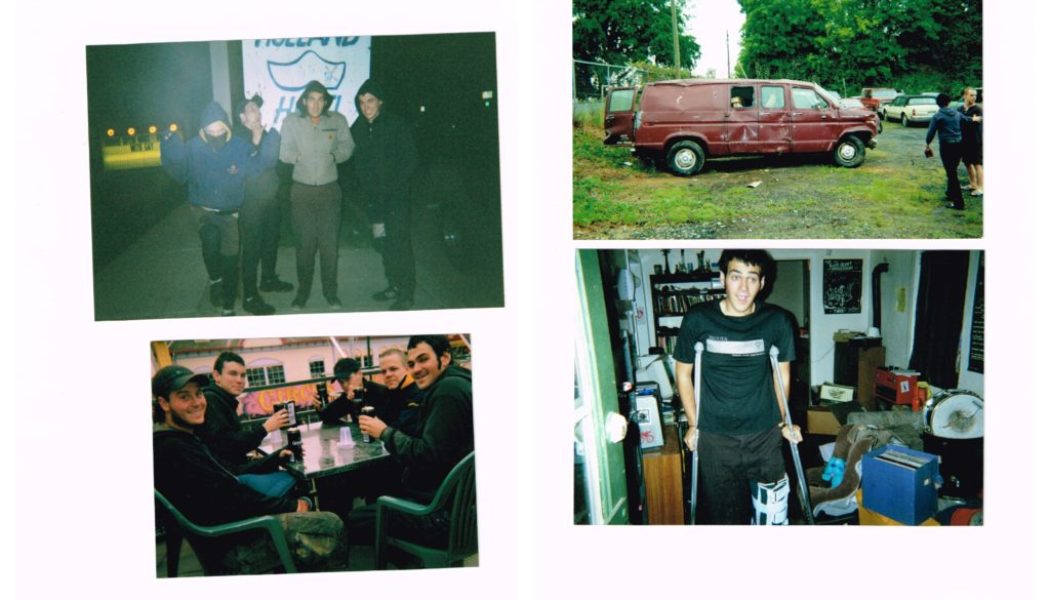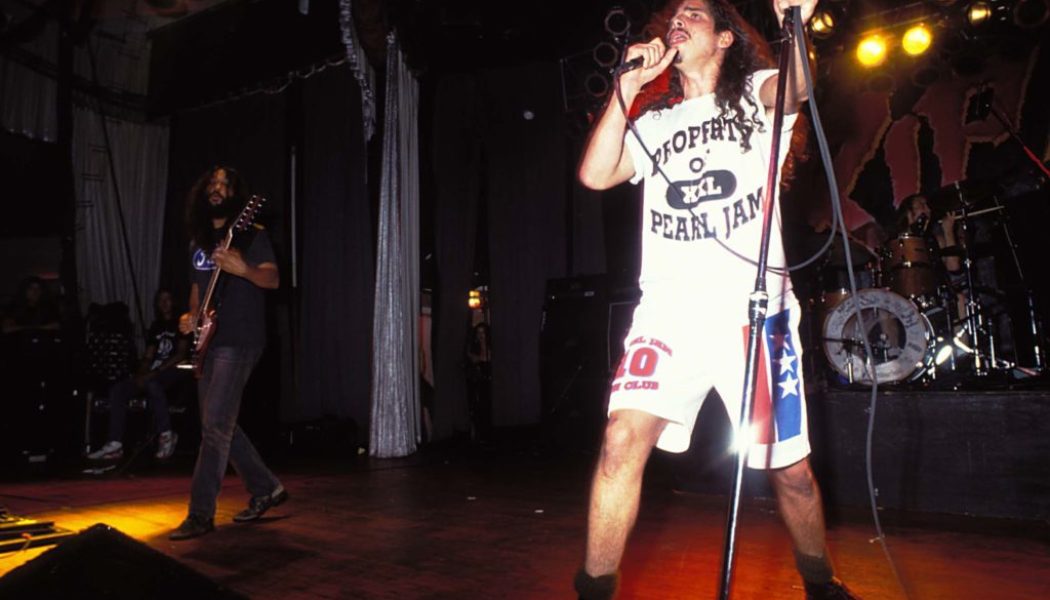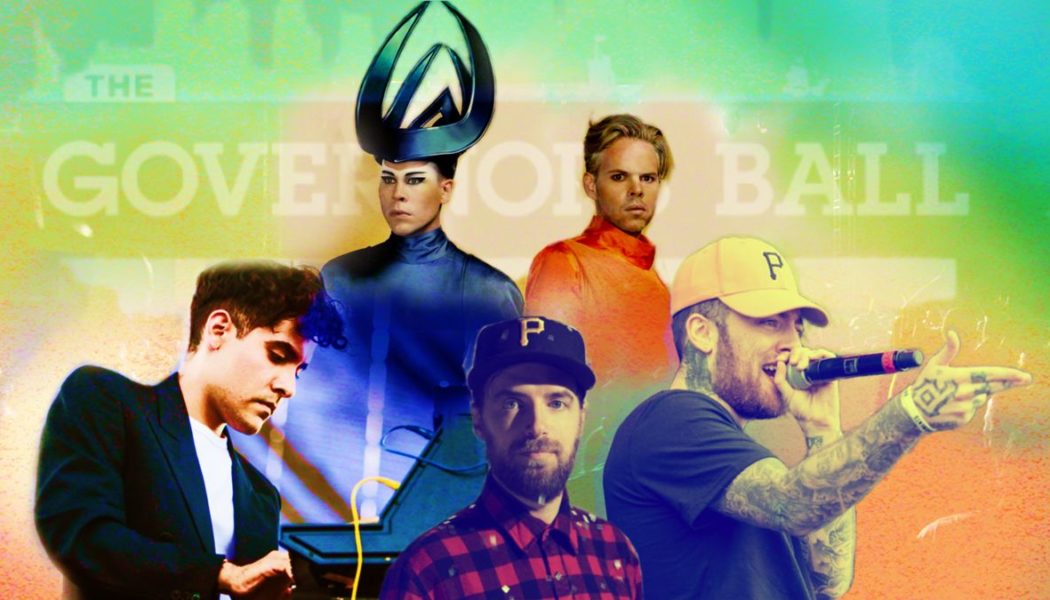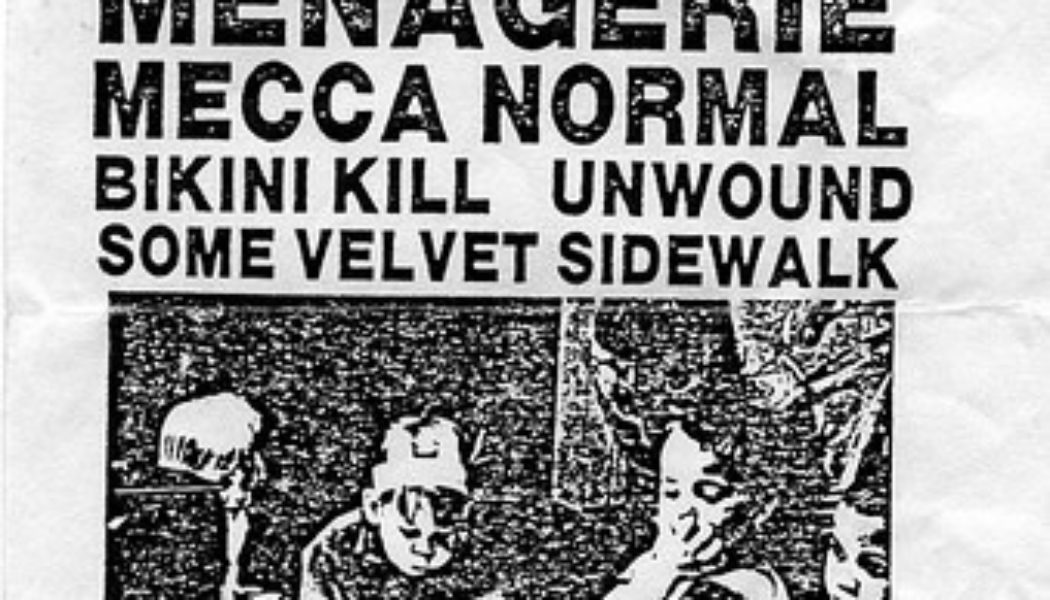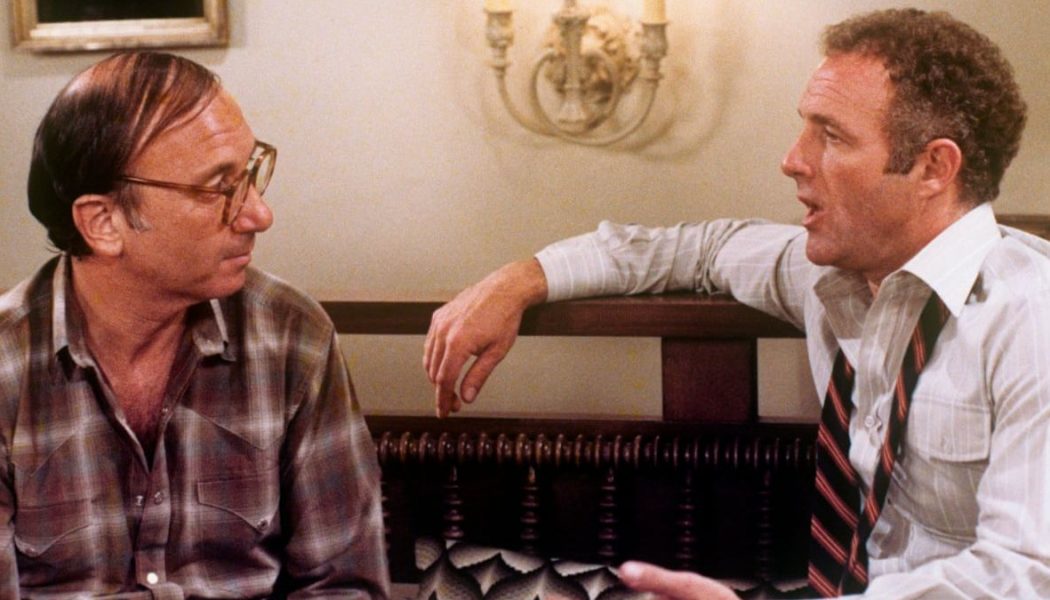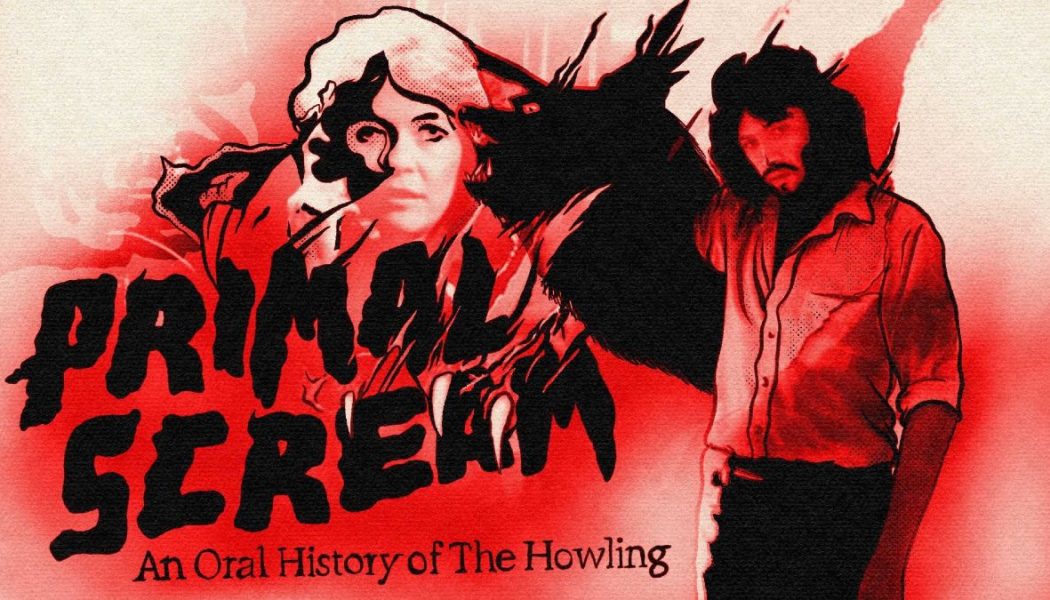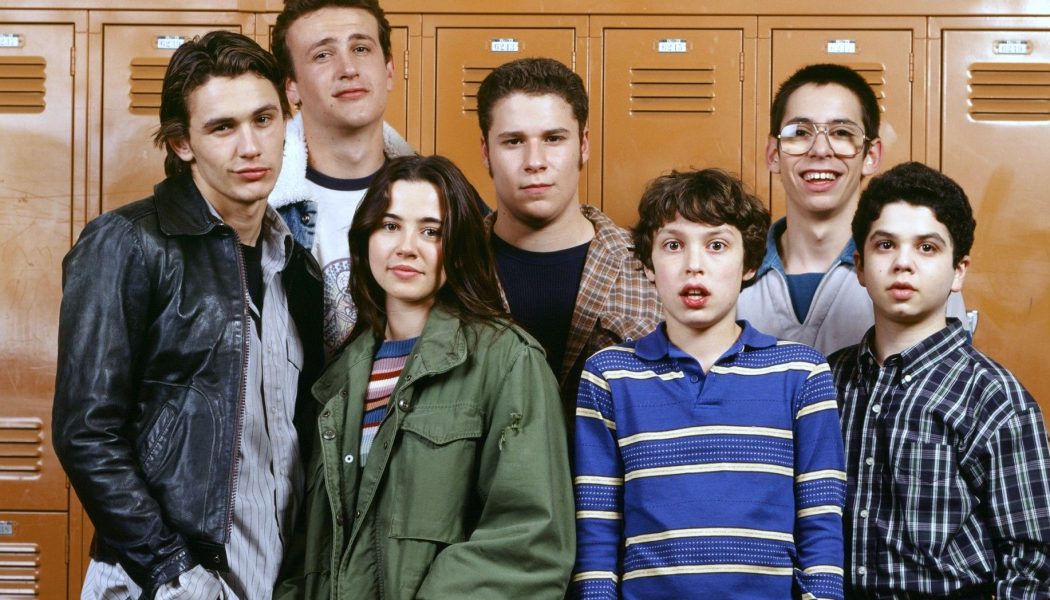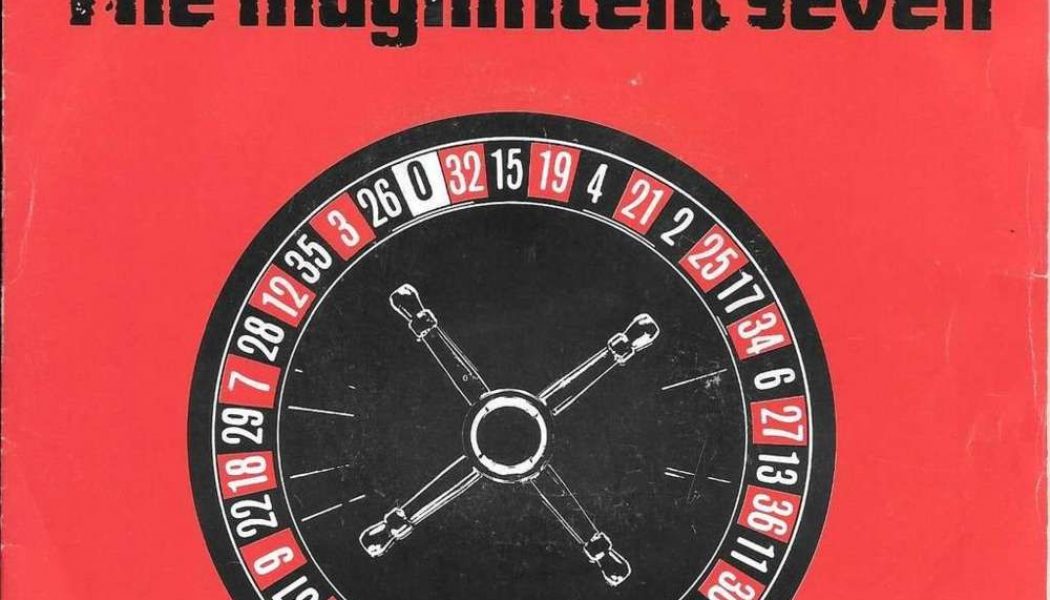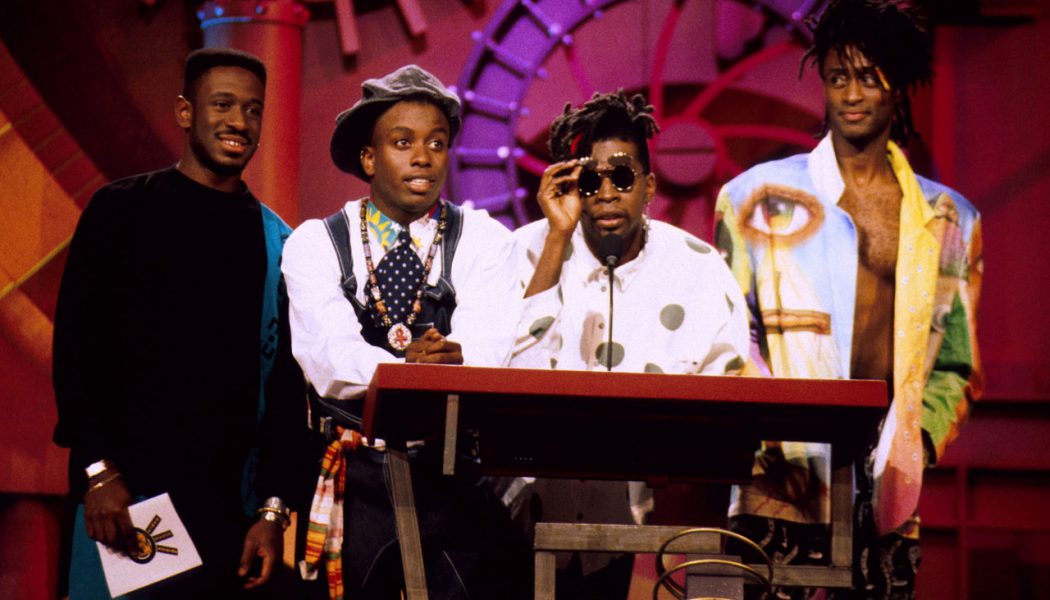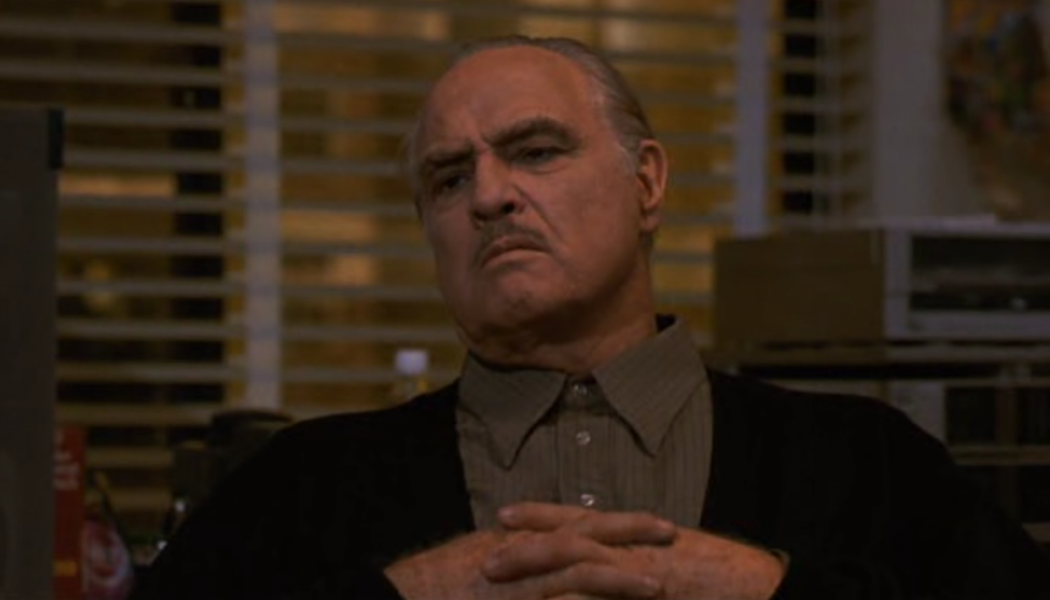Oral History
The CD Turns 40: How the ‘Shiny, Tiny’ Discs Took Over
On Oct. 1, 1982, in Japan, when Billy Joel‘s 52nd Street became the first-ever CD to go on sale, two electronics giants had been pushing for years to switch from the beloved vinyl LP to the shiny new digital-optical disc. Sony in Japan and Philips in Eindhoven, Netherlands, had invented the compact-disc hardware, and they were aggressively lobbying the world’s biggest labels to provide the software – music – to go with it. Up to that point, the labels wouldn’t cooperate – not even CBS Records, Sony’s longtime partner for years before the electronics company bought it outright in 1987. “If there would have been rotten eggs available, they would have thrown them at me,” recalls Jan Timmer, then head of Philips Worldwide, of an Athens, Greece, music-industry conference where he attempted to i...
When the World Stopped: How Umphrey’s McGee’s Played in New York City Days After 9/11
For over 24 years, Umphrey’s McGee have pushed the limits onstage — playing an improvisational progressive rock style that effortlessly merges genres, moods, meters, and tempos. They’re veterans now, but back in September 2001, they’d just graduated from the University of Notre Dame and everything was still fresh. Umphrey’s had built a strong following outside of their midwest base and, independently, expanded their reach with a unique live approach. In fall 2001, having made major headway on the touring circuit, they set out on their second big East coast tour of that year. It was a pivotal month for the band — during a time of national tragedy, they staged what could be their most meaningful show. Before heading out on the road, Umphrey’s McGee had built the trek around a September 10th ...
‘Goddammit, We’re Gonna Take This Somewhere!’: The Oral History of Against Me!’s Reinventing Axl Rose
It’s October 28, 2008, and 18-year-old me is roughly third in line for Against Me!’s show at the Wiltern in Los Angeles. It’s the last West Coast stop of their fall tour behind New Wave, and my dorm neighbor has kindly driven me from the Inland Empire to the venue (I didn’t have a car for my first semester of college) hours before doors opened, sticking around to see a band she’s never heard of. As I sip my original recipe Four Loko (I did have a fake ID my first semester of college) and avoid making eye contact with the handful of other punk kids who don’t have to work on a Tuesday afternoon, the skinny kid in front of me strikes up a conversation. Frankly, I wish I could remember what he said, but here’s the takeaway: His name was Pat, and he needed my help starting a mutiny as soon as t...
Tomorrow Begat Tomorrow: An Oral History of Soundgarden’s Badmotorfinger
By 1991, Soundgarden had reached a crossroads. All around them, things seemed to be in a state of flux. The Cold War had finally reached its decades-long denouement with the dismantling of the Berlin Wall, just as a new, hot one was about to kick off in the Persian Gulf. Hip hop was emerging as a dominant new genre, while hair metal was enjoying the last few flickers of its cultural relevance. And, after several years operating within the indie underground scene around Seattle, releasing cult-favorite records for Sub Pop and SST, Soundgarden were now major label operators, with major label pressures and major label headaches. “That’s probably one of the most tumultuous times in the band’s career,” the group’s guitarist, Kim Thayil, admitted. “There were struggles there, but creatively it p...
“No One’s Ever Been Able to Do This”: An Oral History of the First Governors Ball Music Festival
One decade ago, a couple of untested twenty-something best friends set out to create a little music festival just off the island of Manhattan, putting on a one-day event on June 18th, 2011. In the 10 years and nine iterations since, Governors Ball has become an indelible part of the East Coast’s music landscape, morphing into New York’s answer to Coachella, Bonnaroo, and Lollapalooza; a place where the buzziest acts in music and its biggest fans converge into one memorable weekend. Here, founders, staff, and artists who played the very first Governors Ball reflect on how everything came together without nary a hiccup. This is the oral history of the first Governors Ball Music Festival. HUMBLE BEGINNINGS: A BALL IS BORN It all begins with two best friends with a dream: Tom Russell and Jorda...
Rock, Roll, Riot, Repeat: An Oral History of Kill Rock Stars
In NOFX’s song “Kill the Rock Stars,” Fat Mike calls out Bikini Kill singer Kathleen Hanna with the lyric, “‘Kill the rockstars’ how ironic, Kathleen/You’ve been crowned the newest queen,” and opines, “You can’t change the world by blaming men.” The song title not subtly references Kill Rock Stars, Bikini Kill’s label at the time. The 24 years since the song was included on the pop-punk band’s 1997 album So Long and Thanks for All the Shoes have not been kind. Both Bikini Kill and Kill Rock Stars’ roster over its 30-year history have, in fact, changed the world. The label is best known for important releases from Riot Grrrl bands such as Bikini Kill, Bratmobile, and Heavens to Betsy. The feminist punk (or punk feminist) movement has been idealized, criticized, relitigated, historicized and...
Michael Mann’s Thief: James Caan and James Belushi Return to Chicago 40 Years Later
Neon lights across Wabash. Coffee and donuts by the Adler. Midnight blues on Lincoln Ave. Car light chats in the West Loop. The streets are wet. The night is blue. The men are dangerous. This is the world of Michael Mann’s Thief. Inspired by Frank Hohimer’s 1975 true crime book The Home Invaders: Confessions of a Cat Burglar, the feature film debut of the Chicago veteran is a bridge between two times: a boiling point for ’70s crime thrillers and a fever dream of the ’80s to come. In 1980, Mann knew exactly where he was going when he set out to play in his hometown. From the prescient use of Tangerine Dream to the lone wolf archetype he gave to James Caan, Thief serves as a blueprint for everything that defines his CV. A CV, mind you, that would not only go on to define the ’80s but recalib...
Primal Scream: An Oral History of The Howling
“What if this is a movie where the characters have actually seen a horror movie?” –John Sayles By the dawn of the 1980s, there hadn’t been a genuinely successful werewolf film in years. And in the wake of films like The Last House on the Left and Halloween, which brought horror to the cities and suburbs where most Americans lived, torch-wielding villagers and mythical monsters lurking around the European countryside seemed quant. Even when the cinematic werewolf mythology was occasionally modernized in the 1970s, with films like Werewolves on Wheels and The Werewolf of Washington, the results were lackluster. But just as the sub-genre appeared to lose its bite, The Howling burst onto screens and changed everything. The first in a series of three werewolf-centric films released in 1981 — Wo...
Bad Reputation: An Oral History of the Freaks and Geeks Soundtrack
Revisiting Freaks and Geeks is akin to revisiting an old high school friend. As you watch the characters wander the halls of the fictional McKinley High School in Michigan, you can’t help but feel as if this was your own high school experience. It’s all very relatable. And nearing 22 years since the first day of school on September 25th, 1999, the show manages to defy the impossible. Despite only having lasted for 18 episodes (12 of which only ever aired during its initial run on NBC), the show has left an indelible mark on pop culture. In the years that have passed, a massive cult following has built up, only furthered by the fact that every single person has gone on to do bigger things in Hollywood. But no matter how high they have soared and no matter how many years have stacked behind ...
An Oral History of The Clash’s “The Magnificent Seven”
“It’s perfect,” Joe Strummer insisted about The Clash’s fourth album, the sprawling, 36-song triple album set, Sandinista!, over beers in an East Village bar back in the early 1990s. While Strummer’s tongue was firmly in cheek, he wasn’t backing down on his claim. He loved his former band, and Sandinista! loomed large in the legend about everything they stood for – the good and the bad, planting feet firmly in the future while still honoring the past, not to mention both their collective creativity and rock star excess – and still stands today as a remarkable, if beguiling, achievement. Featuring forays into everything from jazz and gospel to hip-hop and rockabilly, Sandinista! was the ultimate rock and roll indulgence by a band that had only just started to crack the big time after releas...
Time’s Up at 30: Living Colour Reflect on Prophetic Second LP
By 1990, New York City’s Living Colour were one of the hottest new rock bands in America following the success of their debut LP, 1988’s Vivid, and a cherished opening stint on the Rolling Stones’ Steel Wheels tour. “When we got to Time’s Up, we could reach out to all sorts of people and it was kind of wild,” guitarist Vernon Reid says, noting how the band landed most of their cameo wish list for the recording sessions. “I mean, we got one of our heroes, Mr. Richard Penniman, who just passed away, to appear on ‘Elvis Is Dead.’ Mick Jagger also appears on that song. The other special guest we had on there was Maceo Parker. So we had Little Richard and Maceo Parker on the same track. Then we had Queen Latifah come through for ‘Undercover of Darkness,’ Doug E Fresh for ‘Tag Team Partner...
An Oral History of The Freshman: Matthew Broderick, Andrew Bergman, and Michael Lobell Revisit the 1990 Comedy
On July 20th, 1990, The Freshman hit theaters with all the right pieces. It had solid pitch, one of Hollywood’s sharpest scribes in writer/director Andrew Bergman, and ’80s icon and heartthrob Matthew Broderick. To top it all off, the mob comedy managed to even wrangle the Don himself Marlon Brando, who had all but retired by that point. It wasn’t a summer blockbuster, but it was a success for TriStar. Critics loved it, audiences enjoyed it, and the box office returns managed to nearly double the budget. In the years since, however, it has garnered a cult following, and many view it as one of the last great works of Brando’s legendary (and oft-puzzling) career. To commemorate the film’s 30th anniversary, we recently spoke with writer/director Andrew Bergman, producer Michael Lobell, and st...
- 1
- 2


